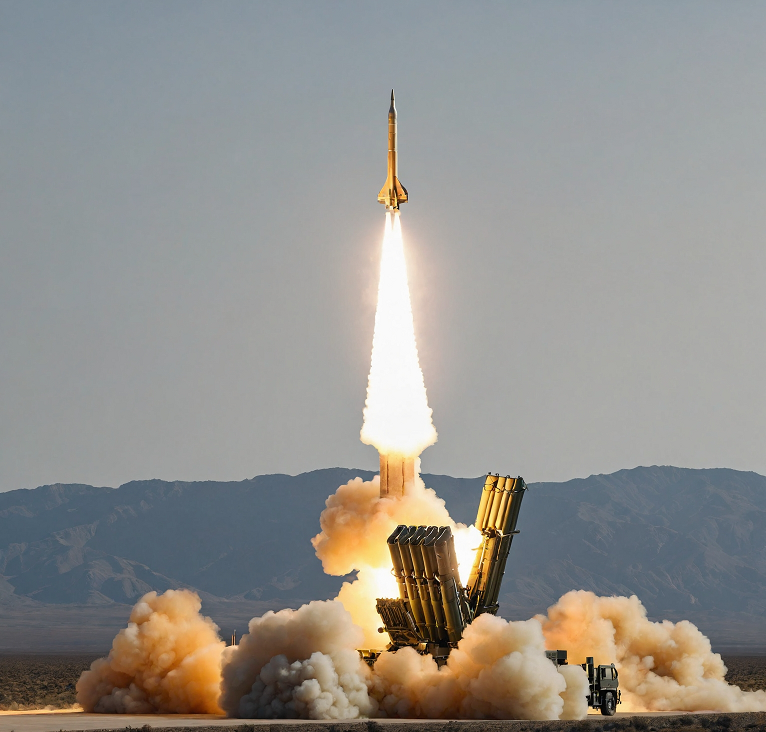What is a Missile?
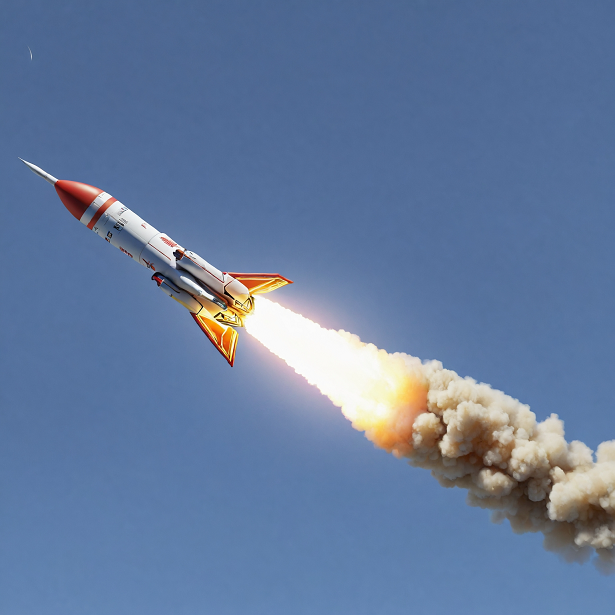
A missile is a guided weapon that can fly through the air or space to deliver an explosive payload to a specific target. 🔍 Unlike unguided rockets or bombs, missiles are smart weapons — they have onboard systems to adjust their flight path in real-time and hit targets with high accuracy. Missiles are used by military forces around the world for defense, attack, and even space exploration (in modified forms).
Main Components of a Missile
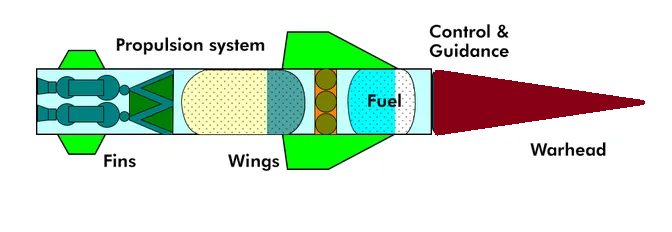
Every missile contains four essential components regardless of its size
Warhead
The destructive part of the missile — it contains explosives, chemicals, or even nuclear material depending on its purpose.
Propulsion System
Propulsion System This is like the engine of the missile. It gives it the power to move forward. Types include: Solid-fuel rocket engines (simple and reliable) Liquid-fuel engines (used in larger missiles) Ramjets or scramjets (for high-speed cruise missiles) .
Control & Guidance System
Guidance System This is the “brain” of the missile. It helps the missile know where to go. Common types: GPS guidance Radar homing Infrared tracking (heat-seeking) Laser guidance.
Flight Control System
Flight Control System Includes wings, thrusters, and gyroscopes that help steer the missile mid-air and make adjustments during flight.
How Do Missiles Find Their Target?
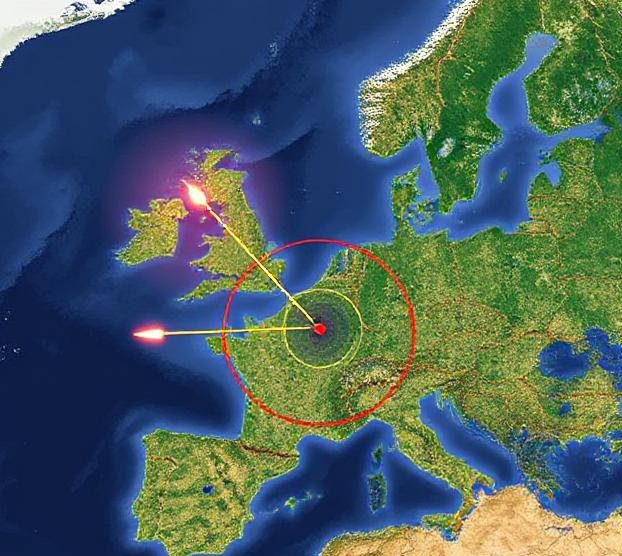
Missiles follow targets through special guidance systems which enable them to lock onto their intended targets. The following are the primary guidance systems used in missiles
Command Guidance An external control center or radar system directs the missile through specific instructions.
Homing Guidance The missile tracks its target through sensor systems which include
Active : The missile generates radar signals and analyzes their return signals.
Passive : The missile uses sensors to identify target signals including heat and radio waves.
Semi-active : The missile tracks the target based on reflections produced by external illumination from an outside source.
Inertial Guidance The system calculates position and trajectory through internal accelerometers and gyroscopes without requiring external input.
GPS/INS Hybrid Modern missiles utilize GPS in combination with inertial navigation systems to achieve precise accuracy.
Types of Missiles
Here are some major missile categories based on where they’re launched from and where they strike
Air-to-Air Missiles

The missiles start their launch from a single aircraft before striking opposing aircraft during flight operations. The weapon system finds frequent application in aerial dogfights and extended-range air combat operations. The missiles use radar and infrared guidance systems to detect enemy planes before locking onto their targets while maintaining high-speed operations.
Surface-to-Air Missiles
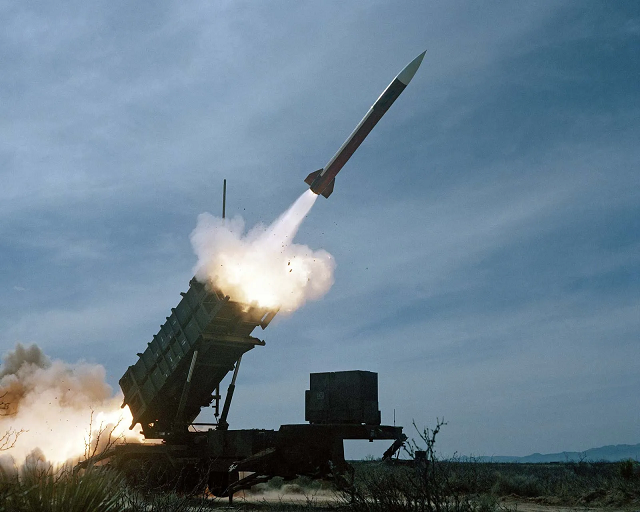
These missiles receive their name because they launch directly from ground-level positions and occasionally from naval vessels for the purpose of intercepting enemy aircraft or drones operating in the sky. Modern air defense systems depend heavily on these missiles because military forces throughout the world use them to defend their airspace.
Ballistic Missiles

Ballistic missiles usually start their launch sequence from the land surface to follow a steep curved flight path that resembles the path of a stone tossed through the air. The missile system operates for extended distances to engage targets which are located on the ground.
Certain ballistic missiles have nuclear warheads which enable them to cover thousands of kilometers during their operation. During their flight the missiles remain in space above the atmosphere before descending to strike their intended targets.
Cruise Missiles
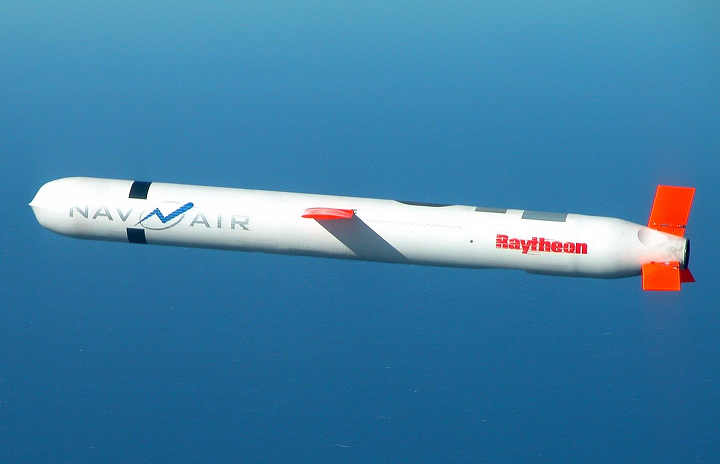
Cruise missiles travel very close to the ground at altitudes typically between several hundred meters and sea level. Cruise missiles function similarly to unmanned aircraft because they possess the ability to alter their flight path during travel.
These weapons demonstrate exceptional accuracy so military forces employ them to conduct precision strike operations. The Tomahawk missile stands as a famous instance of this type of missile.
Anti-Ship Missiles

The primary function of these missiles targets naval vessels alongside other types of ships. The missiles launch from aircraft and submarines and other ships as their operational platforms.
The majority of anti-ship missiles operate at low altitudes near the water surface to reduce their radar visibility which makes them challenging to intercept.
Anti-Tank Missiles
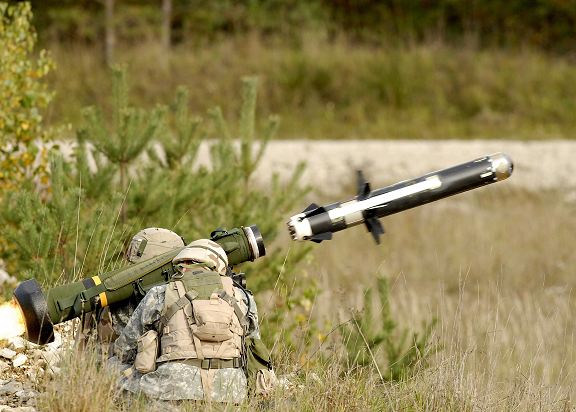
As the name implies, these are used to destroy tanks and other armored vehicles. They can be fired from the ground using portable launchers or mounted on helicopters and drones.
Modern anti-tank missiles are often guided and can strike with great accuracy, even against moving targets
Each of these missile types plays a unique role in modern warfare and defense technology.
Ballistic vs. Cruise Missiles
- Ballistic missiles follow a high arc like a thrown stone and fall fast.
- Cruise missiles fly low like drones and can change course mid-flight.
From Launch to Impact – A Real Example
- Launch : Fired from a ship or submarine.
- Initial Flight : Uses inertial and GPS guidance to navigate.
- Mid-Course Correction : Adjusts route using stored terrain maps (terrain contour matching or TERCOM).
- Terminal Phase : Switches to imaging seeker to identify and strike the exact target.
Summary
Modern engineering has produced missiles as fascinating examples of technology which integrate physics with aerodynamics and electronics and computer science.
The technological understanding of missile systems creates access to precise and innovative applications for all curious individuals from students to tech enthusiasts.
When you hear missile launches in the news you will understand the entire process that happens behind the scenes.
